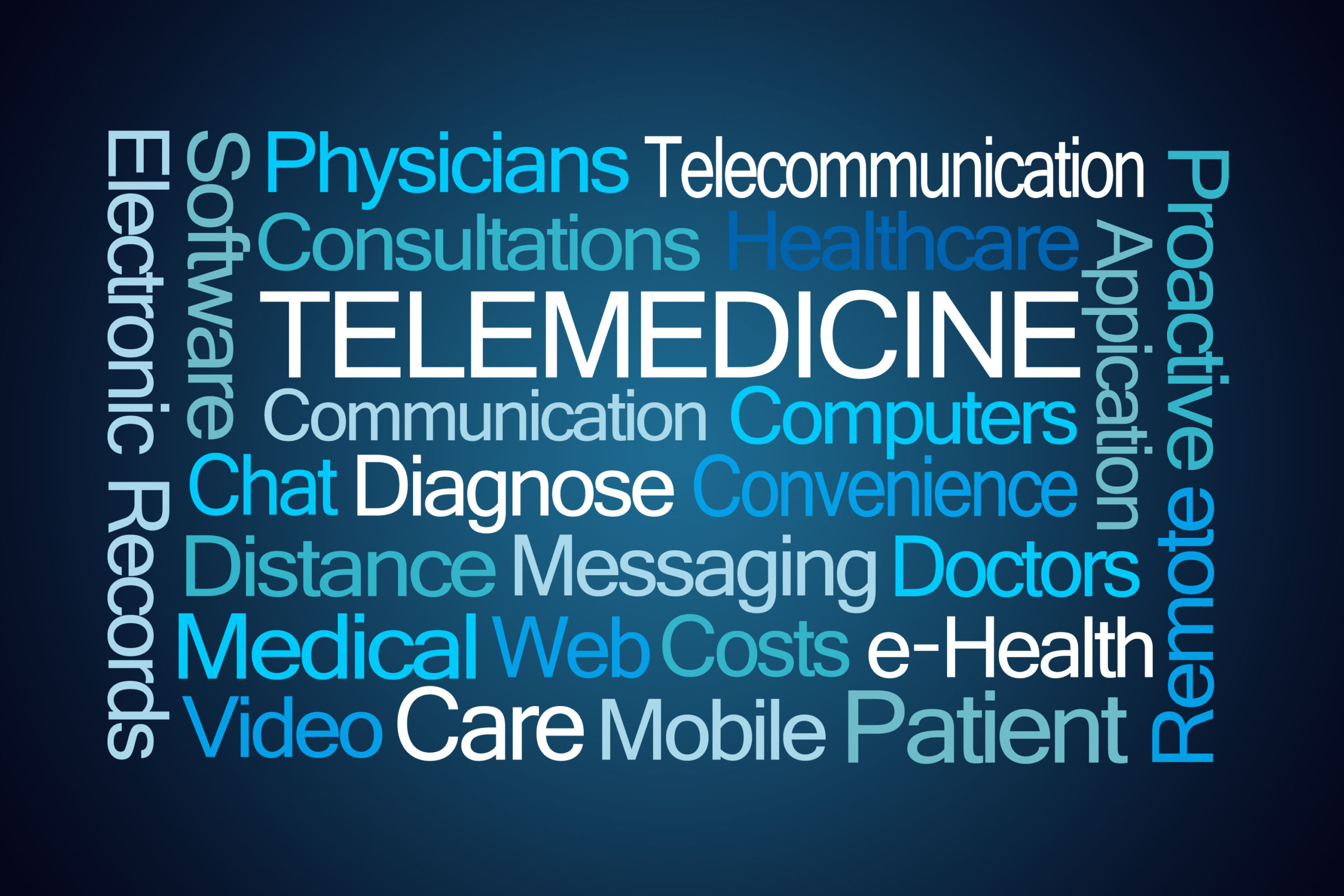Telehealth restrictions in the Medicare program include limitations on. No need to take time off work.
 7 Telemedicine Concerns And How To Overcome Them Telemedicine Arizona Edu
7 Telemedicine Concerns And How To Overcome Them Telemedicine Arizona Edu
Recent legislative initiatives have advocated for further telehealth advancements especially with the rapid implementation of telehealth in the times of coronavirus disease 2019.

Barriers to telemedicine. One of the major barriers to telehealth adoption is lack of or minimal reimbursement of services delivered via telehealth. Some disadvantages of telehealth include limitations with performing comprehensive physical examinations possibilities for technical difficulties security breaches and regulatory barriers. ContextThe present study of current telemedicine users is a unique attempt to understand the barriers and motivational factors related to the utilization of telemedicine.
Here we explore some of the key barriers to healthcare access in the US and how telemedicine can help. Annonce The Right Communications at every step of the Patient Journey. Key considerations when purchasing a telehealth solution.
A survey of emergency and critical care remote presence telemedicine users was conducted to determine the factors that motivate and the barriers that impede the acceptance and maintenance of a robotic telemedicine. Because being a hybrid discipline it needs collaboration with all possible stakeholders at each level of the healthcare delivery system. Theyve recently released a report produced by the Intergovernmental Advisory Committee IAC focused on identifying and resolving barriers to telemedicine.
Many of these barriers are something that naturally changes over time as telehealth solutions become more common. Limited Access to Smartphones. Telemedicine has the following benefits for patients and healthcare providers.
Disadvantages compared to face-to-face interactions. Appointments can be made to fit around the patients work schedule during a break or after work. However its still important to seamlessly introduce a telehealth solution by making patients aware its an option and educate them on its simplicity security and benefits.
Wherever patients are they can access online medical advice even if they live in remote areas or cannot leave their homes. Telemedicine Drive Better Healthcare Outcomes with Communications APIs. Patients and providers have enjoyed the benefits of telehealth but widespread adoption has been hindered by regulatory legal and reimbursement barriers.
Lack of formal organizational structure to deliver telemedicine services is the biggest barrier for the development of telemedicine services in any country. The top barriers are technology-specific and could be overcome through training change-management techniques and alternating delivery by telemedicine and personal patient-to-provider interaction. Problems with lack of existing infrastructure.
While telemedicine cannot solve the greater issues of healthcare delivery in this country telehealth is proving to be one method of equalizing the disparities in access to care among underserved or vulnerable populations. Increased access to quality care. Telemedicine Drive Better Healthcare Outcomes with Communications APIs.
The report which calls telehealth one of the most promising quality of life opportunities in the United States today looks closely at the lack of broadband access in rural areas. Future studies should explore longer-term uptake or sustained use of telemedicine among a broad population of safety-net patients to understand the generalizability of these findings as well as whether specific interventions to address telemedicine uptake can mitigate barriers that emerged in this study cost Internet access digital literacy. What Are The Biggest Barriers to Telehealth Implementation.
In the 2017 legislative. 10 11 It will also be important to explore if. Complexity of implementation and use.
Barriers to telehealth include lack of technology or the knowledge to use it. Annonce The Right Communications at every step of the Patient Journey. Barriers to Telehealth in Rural Areas Limited Access to High Speed Internet.
The main barrier to telemedicine is access to reliable broadband or satellite since live video. 2 Some critics to telehealth use worry that telehealth may adversely affect continuity of care arguing that online interactions are impersonal and dangerous in that the virtual provider does. Discussion and conclusions Telemedicine is not yet ubiquitous and barriers vary widely.
While many benefits of telemedicine have been identified there are still barriers to states adopting or expanding this method of healthcare. The Health Information Technology in Rural Healthcare topic guide reviews. A recent Kaiser Family Foundation poll found that only 7 in 10 adults 65 and older 68 report having a computer smart phone or tablet with Internet access versus virtually all younger adults.
According to studies by HIMSS Analytics and Vidyo the 5 greatest barriers to telehealth implementation are. Many mobile health and remote patient monitoring systems require access to smartphone. Federal reimbursement is centered on Medicare.